
On November 15, 1959, in the small town of Holcomb, Kansas, four members of the Clutter family were savagely murdered by blasts from a shotgun held a few inches from their faces. There was no apparent motive for the crime, and there were almost no clues. In one of the first non-fiction novels ever written, Truman Capote reconstructs the murder and the investigation that led to the capture, trial, and execution of the killers, generating both mesmerizing suspense and astonishing empathy. In Cold Blood is a work that transcends its moment, yielding poignant insights into the nature of American violence.
About Truman Capote
An American novelist, short story writer, screenwriter, and playwright, celebrated for his distinctive prose style and keen observational skills. He gained widespread acclaim for his psychological novel Breakfast at Tiffany's and his groundbreaking "non-fiction novel," In Cold Blood, which revolutionized the true crime genre. Capote's work often explored themes of loneliness, social alienation, and the darker aspects of human nature, making him a significant voice in 20th-century American literature with a flair for captivating storytelling.
Other Books by Truman Capote
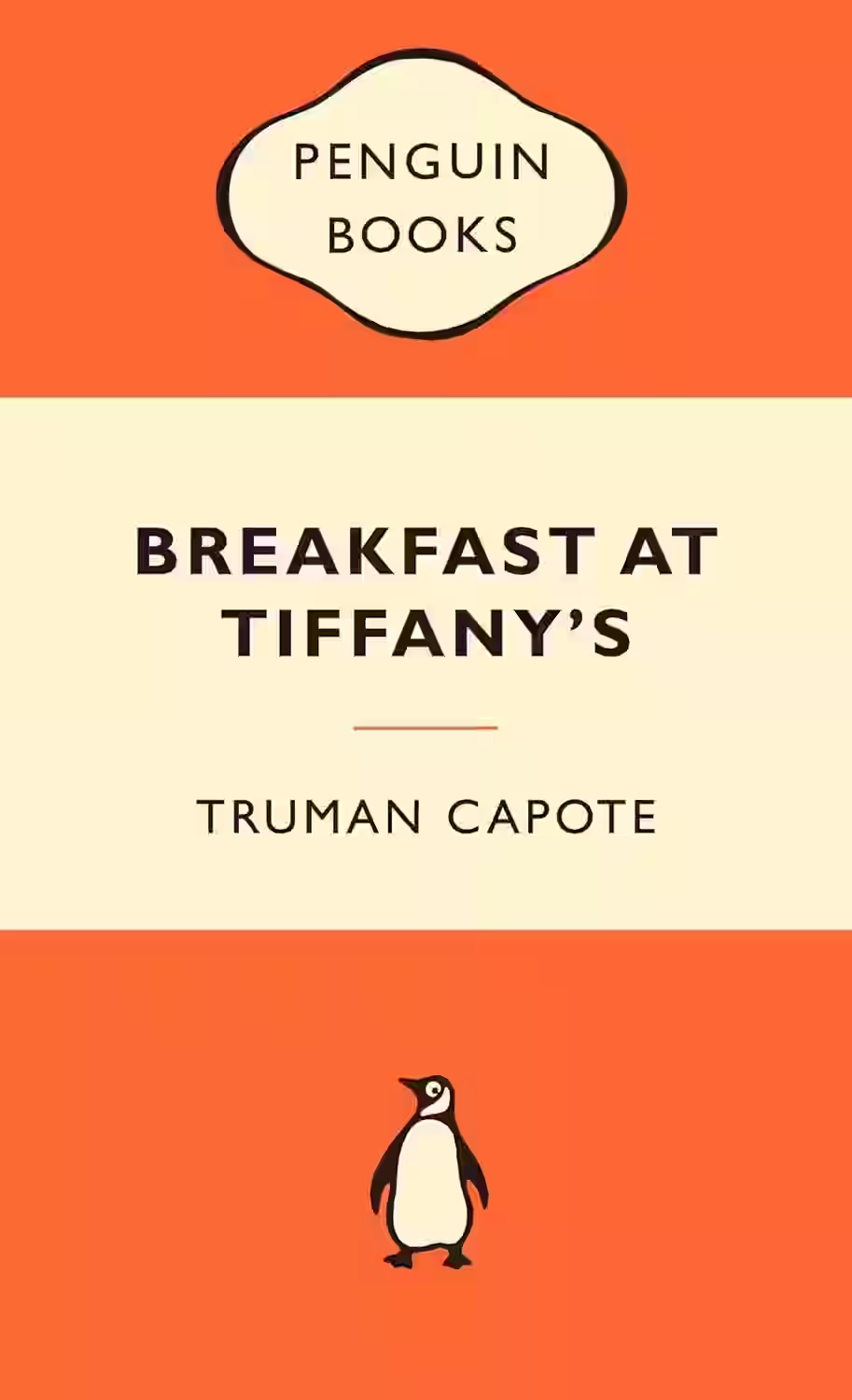
Breakfast at Tiffanys
Holly Golightly is a glittering socialite mover and shaker- generally upwards, sometimes sideways and, every now and then, down. She's up all night drinking cocktails and breaking hearts. She's a shoplifter, a delight, a drifter, a tease. In short, she's an icon. Truman Capote's most famous work, Breakfast at Tiffany's is the ultimate ode to dreamers.
Similar Books
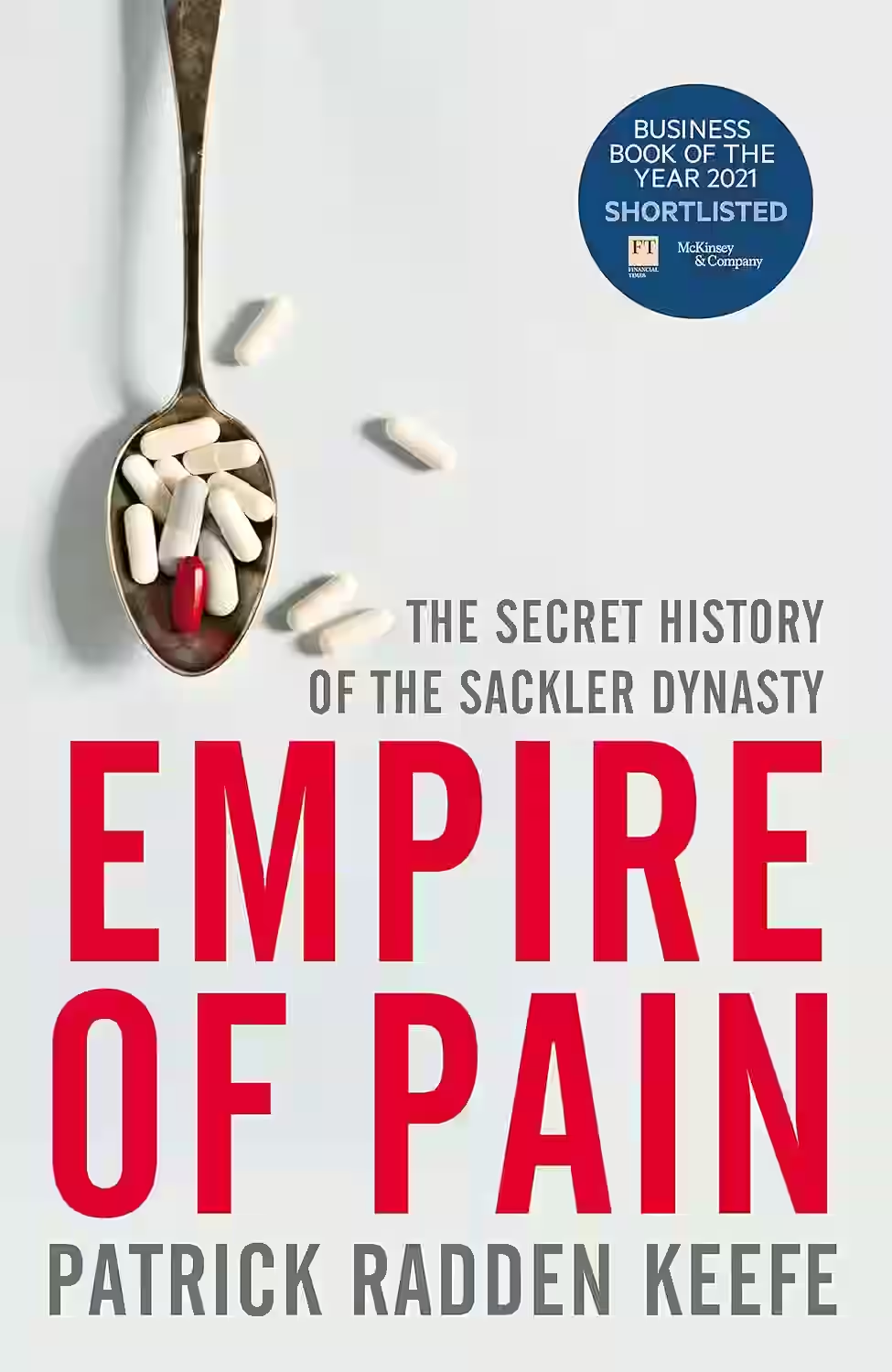
Empire of Pain
A searing investigation into the Sackler dynasty, whose pharmaceutical empire fueled America’s opioid crisis. From OxyContin’s aggressive marketing to legal evasions, Empire of Pain traces greed, power, and denial at the heart of a national tragedy. Keefe blends journalism and narrative skill to reveal how a powerful family shaped public health policy and profited from addiction.
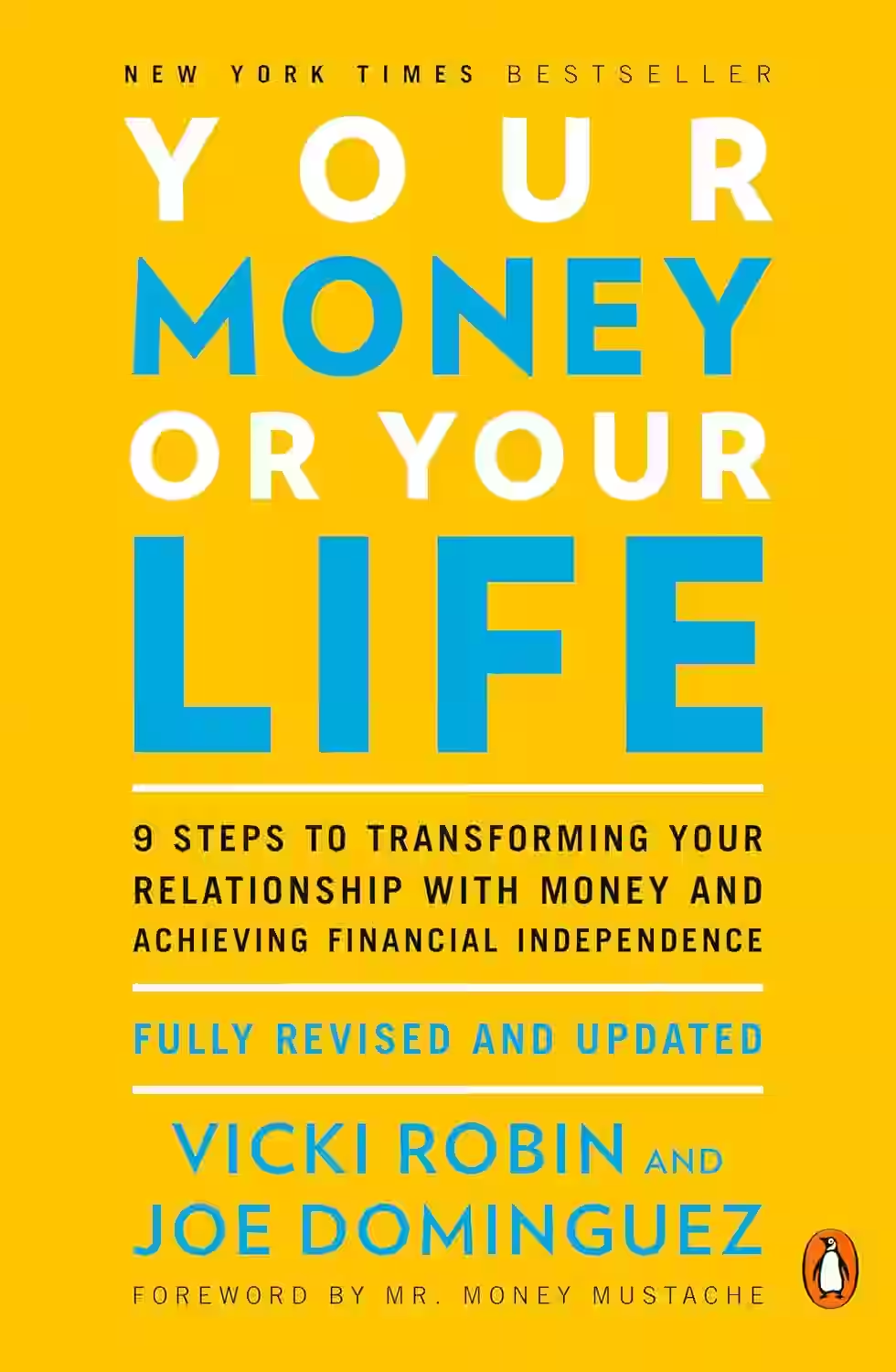
Your Money or Your Life
by Vicki Robin
In 'Your Money or Your Life' by Vicki Robin, readers are taken on a transformative journey towards financial independence and mindful living. The book challenges conventional beliefs about money, encouraging readers to reassess their relationship with finances and prioritize what truly matters in life. Through practical advice and thought-provoking exercises, Robin presents a step-by-step guide to achieving financial freedom and aligning spending habits with personal values. This seminal work resonates with readers due to its timeless wisdom and empowering message, making it a must-read for anyone seeking to gain control over their finances and live a more fulfilling life.
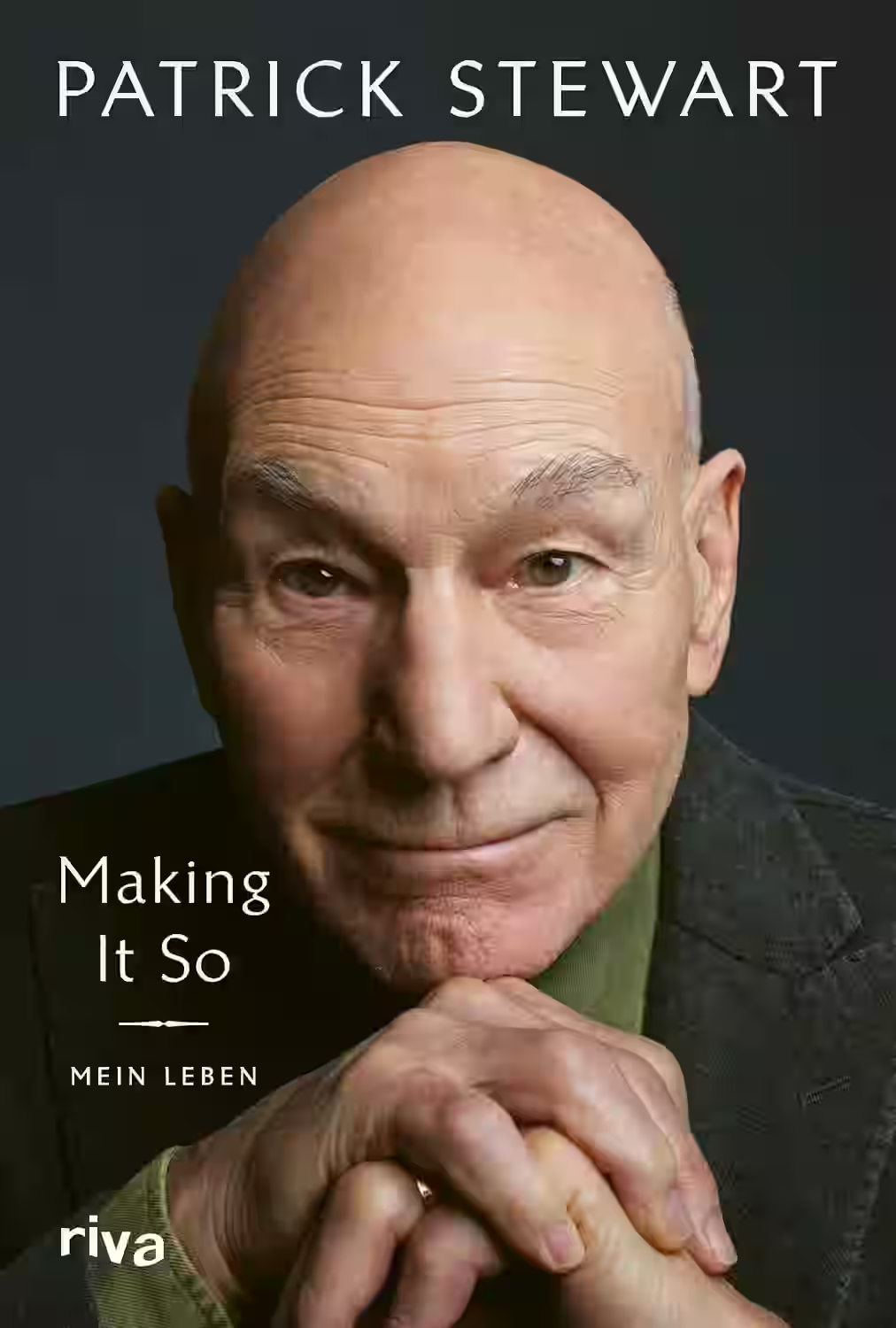
Making It So
In this heartfelt memoir, legendary actor Sir Patrick Stewart reflects on his life, from a humble Yorkshire upbringing to iconic roles in Star Trek and X-Men. With warmth, wit, and candor, Stewart shares behind-the-scenes stories, personal struggles, and the transformative power of theater and storytelling. Making It So is a celebration of resilience, creativity, and a lifelong love of performance by one of the most beloved figures in entertainment.
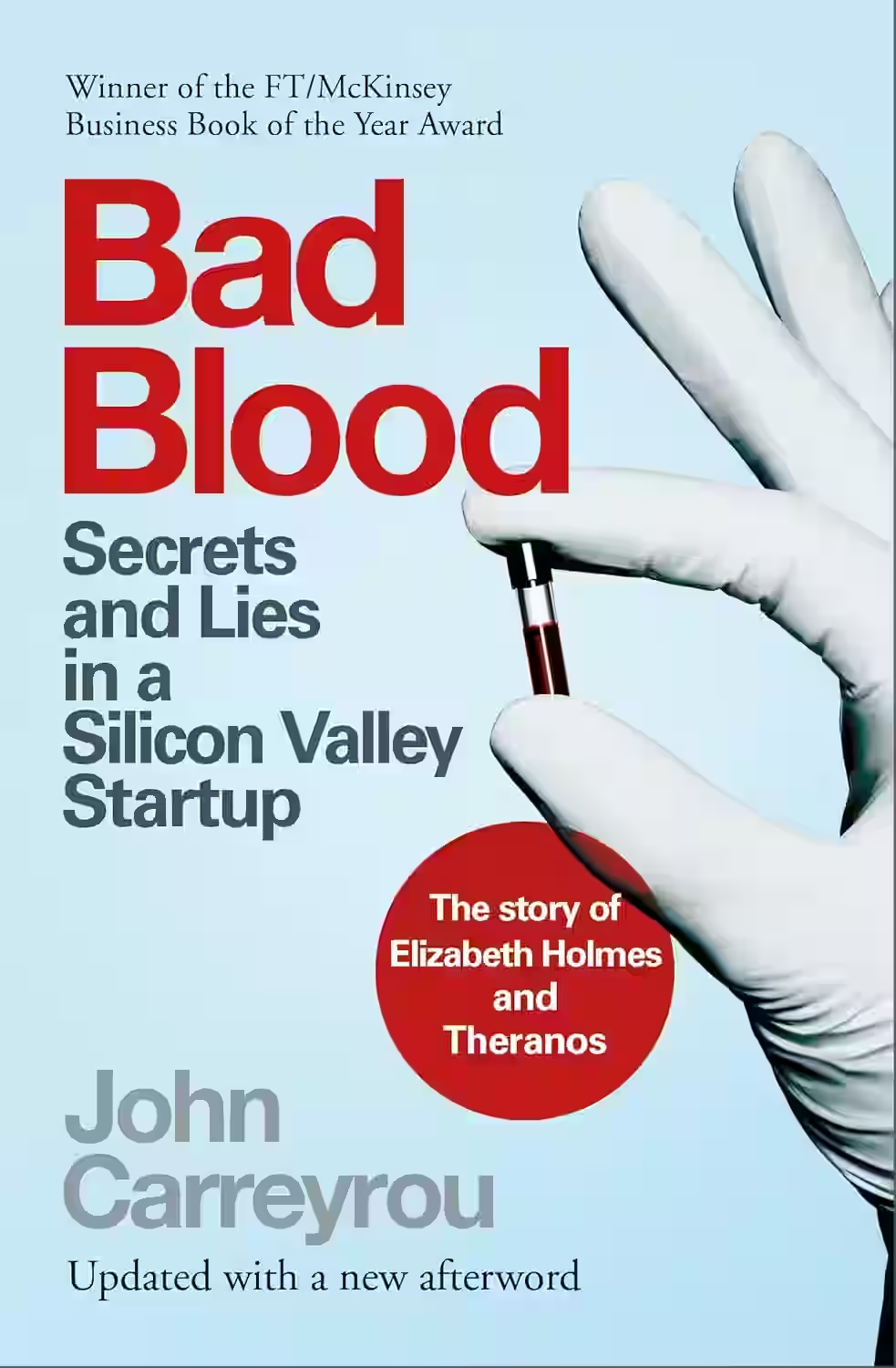
Bad Blood
In Bad Blood, investigative journalist John Carreyrou exposes the rise and fall of Theranos, a biotech startup led by Elizabeth Holmes that promised revolutionary blood-testing technology. Through meticulous reporting, Carreyrou uncovers a web of deception, corporate malfeasance, and the dangers of unchecked ambition in Silicon Valley. The book serves as a cautionary tale about the perils of startup culture and the importance of journalistic integrity in holding powerful entities accountable.